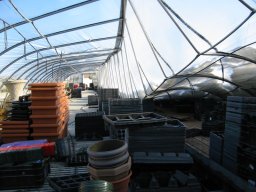When you're farming, be it out in the field or in a greenhouse, you are always at the mercy of Mother Nature. Things go wrong and there's nothing more you can do that accept what the world gives you and continue on.
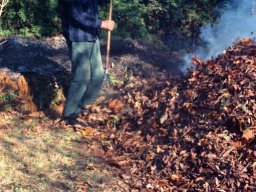
Many crops are frost sensitive and early or late frosts can destroy your crop. Irrigation is the most commonly used form of frost protection, but having the equipment can be expensive. An earlier way of protecting the crop was by burning piles of leaves and straw around the perimeter of the field using the smoke as protection. One fateful year, though, the wind unexpectedly shifted and burnt the entire field to the ground.

Snow is heavy. In the winter, if a greenhouse is empty, snow can easily build up on the sides, then up the greenhouse and the weight can cause the greenhouse to buckle.

Water is the most important resource for a farm. It's no wonder we always looked for land near a river, stream, or some sort of water supply. But water runs both ways so during a snowy winter, the spring thaw will often flood the land.
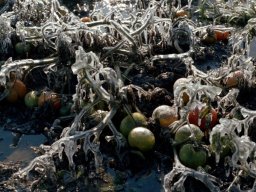
Late frosts kill early plants and flowers, but early frosts can destroy late fruit. Irrigating during frost events protects plants and fruit from the cold, despite being fully encased in ice.
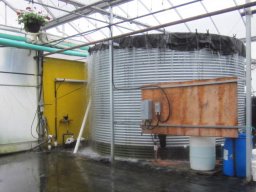
Although our entire greenhouse currently operates solely on collected rainwater, there are still times more water gets collected. During massive downpours, the overflow to our collection pond is beyond capacity and the tank overflows.
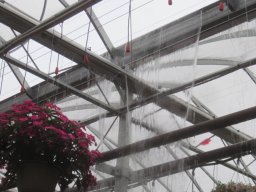
All the rain is collected from the roofs of the greenhouse through the gutters and into a cistern to water our plants. Being an acre in size, a mere 1/2" of rainfall is sufficient to fill our indoor cistern, though excess water will still flow to our holding pond, which is 1/2 acre in size, and 14' deep. During extreme rains, the gutters can be overwhelmed and water pours inside the greenhouse, potentially destroying crops underneath.
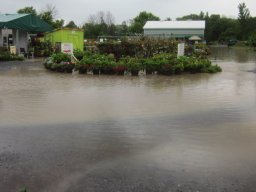
Some years, it just keeps raining. The ground becomes saturated and simply can't accept more water. Luckily, plants are very well adapted to temporary flooding, temporary being the operative word.
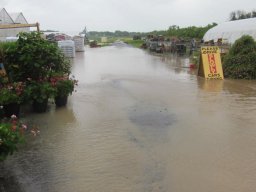
It's not just about how much rain falls from the sky, but also where the water drains. Our greenhouses sit at the base of gentle slope, which acts as the catchment area for nearly 100 acres uphill.
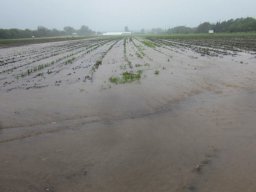
Despite our fields being tile drained, there is a point where the soil is so saturated, water no longer moves through it fast enough and must drain on the surface.
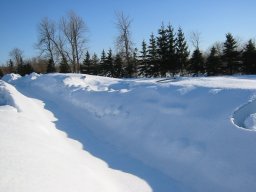
To winter trees, shrubs, and perennials in pots, they're best stored in greenhouses covered with white poly, and no heat. Without heat, snow can build up instead of melt and collapse.
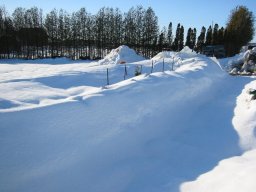
Knowing that snow can be a problem, we traditionally used 4x4 posts to give overwintering houses some extra support. Sometimes, only the supports survive, and not the greenhouse.

Irrigation in the tomato field to protect from frost. Although the tomatoes were saved, the field became an absolute muddy mess to harvest.
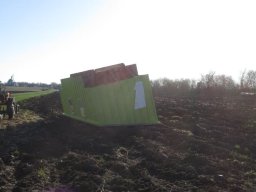
Farms have lots of temporary and mobile structures. High winds are never very helpful to those.
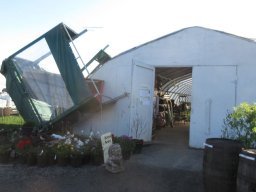
Open fields with a nice breeze can grow lovely crops. Those same winds can toss around tends, even when they're anchored down.
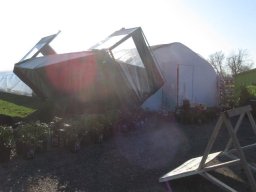
As a farmer, we expect the unexpected. We're an extremely resilient bunch of people. Once disaster strikes, we simply clean up.

